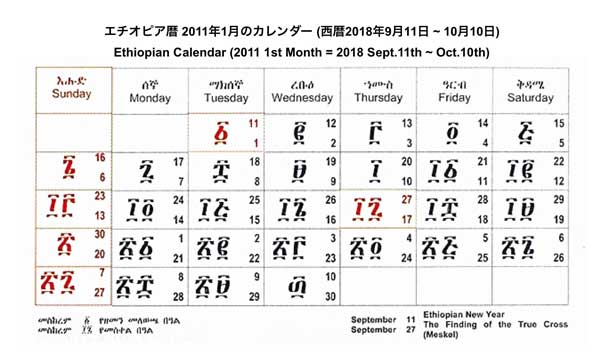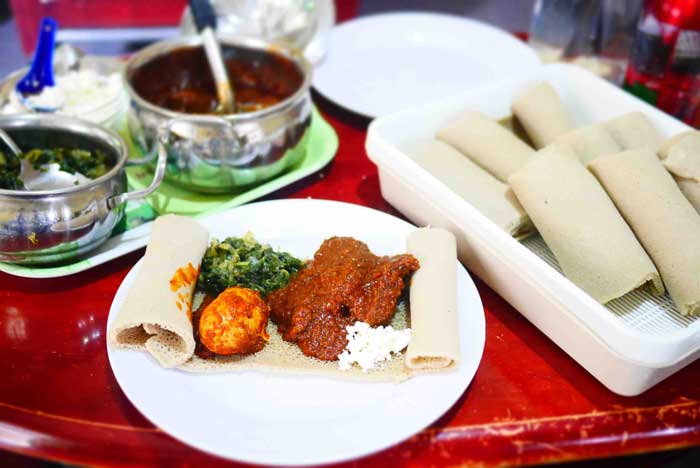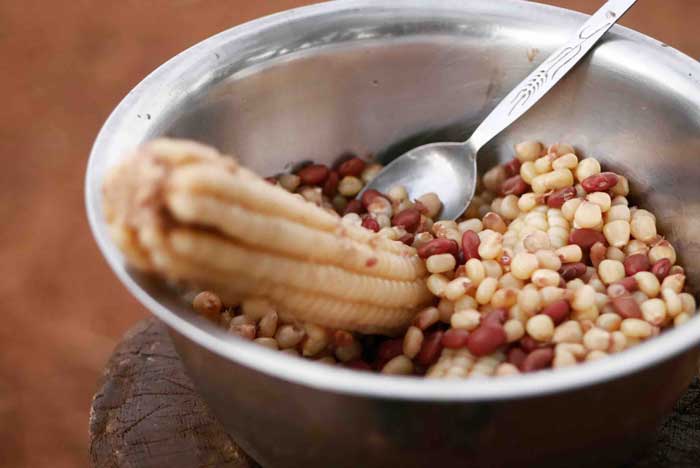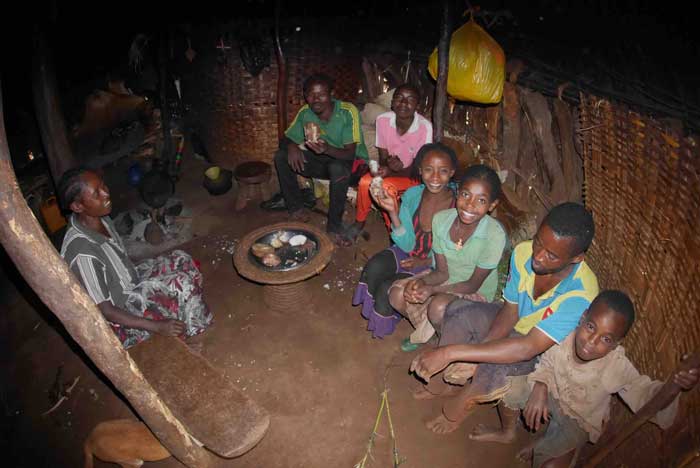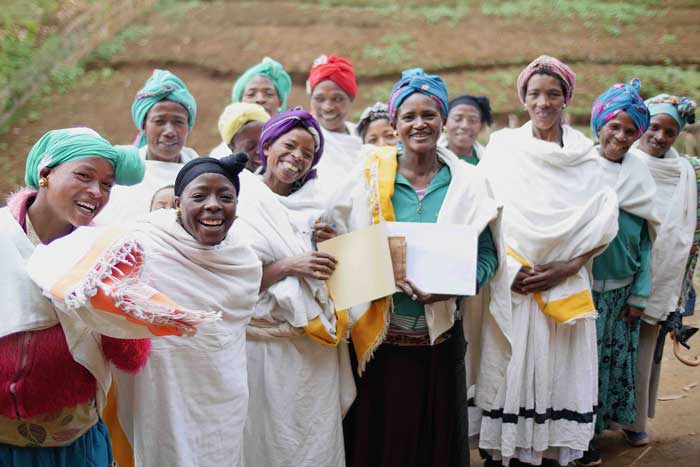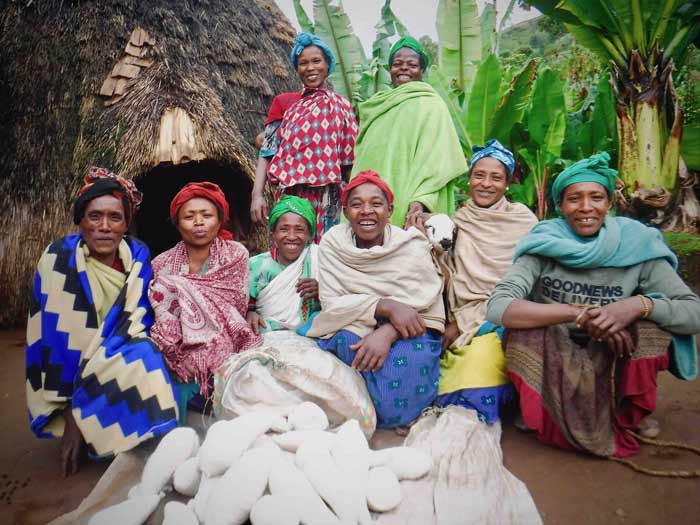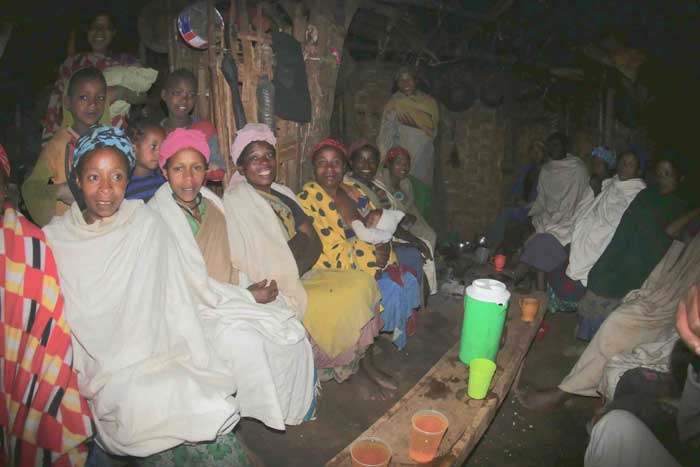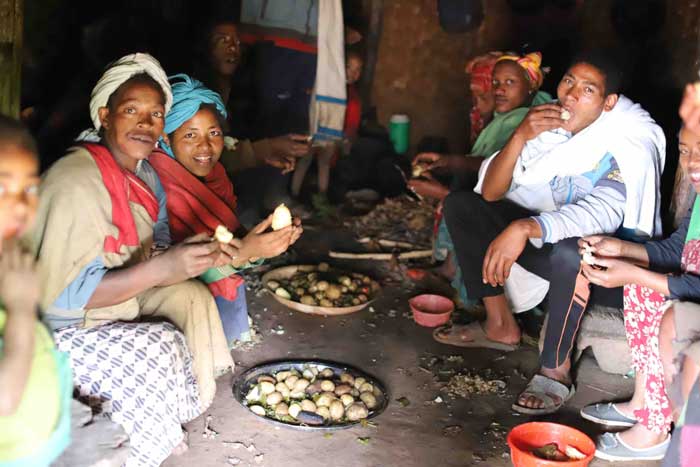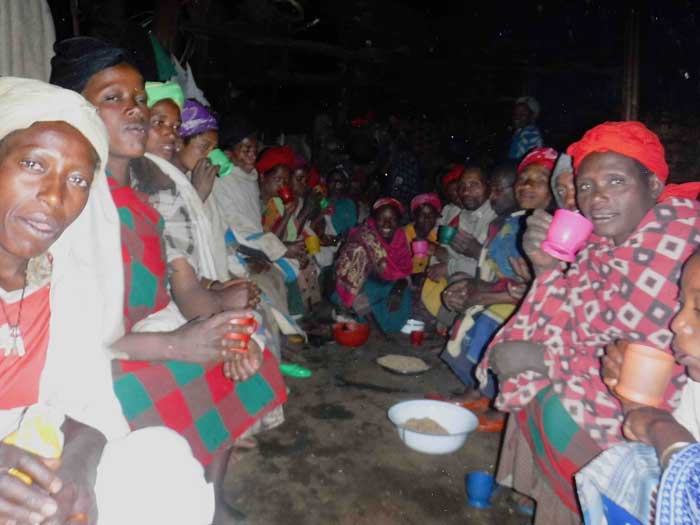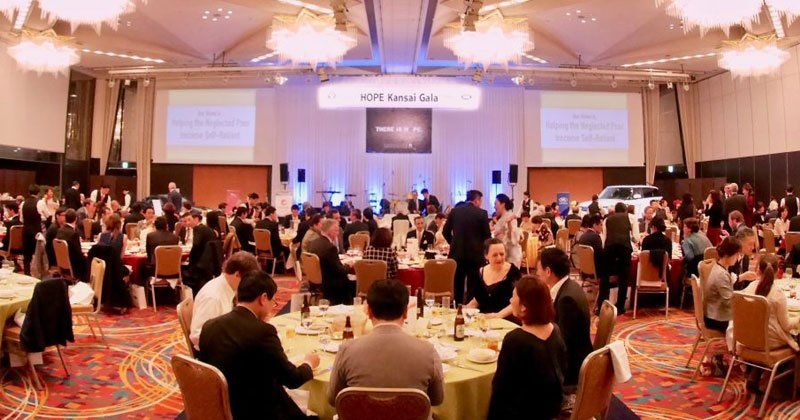What’s the date in Ethiopia today?
HOPE-JP • September 13, 2019
This year is 2012 and there are 13 months in a year
This year is 2012 and there are 13 months in a year
In Japan, the new “Reiwa” era began this year. This unique Japanese era system may be a little difficult for foreigners to understand. But, the Japanese calendar follows the standard Gregorian calendar. Recently, the use of the Gregorian year count in formal documents has gradually become popular, making it easier for foreigners to follow.
However, Ethiopia stands apart from the rest of the world by going its own way.
The Ethiopian calendar is an old calendar that originated from around the 4th century, which Ethiopians still follows to this day. There are 365 days in a year, but the first day of the year starts in mid-September, and one year has 13 months! The first 12 months are 30 days long, and the remaining 5-6 days make up the 13th month. Furthermore, due to the different interpretations of the birth year of Jesus Christ, there is a deviation of 7-8 years from the Gregorian calendar.
It’s not just the calendar, but time is also read differently in Ethiopia
Furthermore, there is “Ethiopian Time”. This doesn’t imply being careless with time, but the way that time is read is different. To us, midnight is 12 am, but in Ethiopia, midnight is 6 am. Due to this system, Ethiopian clocks are 6 hours out of sync with our watches.
This makes it hard to schedule appointments…
When an Ethiopian sets a meeting for 3am on 27/11/2011, this to non-Ethiopians is 9am on 2/9/2019. When you visit Ethiopia, you should keep this in mind to avoid missing out on your appointments.
Ethiopian New Year
Thanks to this calendar, New Year's Eve and New Year's Day (i.e Dec 31st and Jan 1st) are regular working days in Ethiopia and not holidays. New Years for Ethiopians is on September 11th (12th on a leap year). On festive holidays, it is common to eat a chicken dish called Doro Wot, which is a type of chicken stew that is served on a thin crepe called Injera together with boiled eggs. Injera is a fermented dish and the spices used are unique to Ethiopia, but served with Doro Wot or with various other stews, Injera can get addictive.
Children with paintings of flowers, are often seen during the New Year holidays.
In fact, this is an Ethiopian version of New Year's greeting-card culture. When children give their flower paintings to their relatives and neighbors, they get a little bit of pocket money and sweets in return.
In a remote village at a HOPE intervention site
Not everyone can celebrate New Years with delicious meals and new clothes.
Although Ethiopia is experiencing rapid economic growth, the gap between the rich and the poor is getting bigger. At the rural communities in southern Ethiopia where HOPE is implementing its projects, there are many people living near subsistence levels on less than a tenth of an average urban income (about 15,000 yen a year). Injera, which is regularly served in Ethiopian towns and cities, is only eaten on special occasions in rural communities.
Improving lives in such villages: what HOPE can do
Many villagers are unfamiliar with the concept of saving. Even if they start to save money a little at a time, it takes a considerable amount of time to save a meaningful amount of money based on a small income.
Therefore, together with the water systems, HOPE implements an SHG (Self-Help Group) program for women, to empower them and provide them with opportunities to play active roles in their communities. In groups of about 20 people each, this program teaches them how to save money and it educates them in ways to generate income.
The group saves money little by little, conducts various business activities with the money, and distributes the income generated among its members. Even if one woman can't do it alone, if they combine their wisdom and strength, they can achieve many things together and play active roles in their communities. A total of over 900 women are taking part in the program at the three sites supported by HOPE this year. After undergoing training provided by HOPE staff, each group began various income generating activities such as cotton processing (spinning yarn), livestock farming, and agriculture.
A “social fund” for celebrations within groups
The women who participate in the SHG program decide on the amount every member saves per week within each group. The amount is about 50 yen per person per week, which is a small figure to us, but not to the locals.
Members contribute about 10-20% of the amount they save towards a social fund. Social funds are not used for business activities, but are used to celebrate New Years and holidays together within groups. It may be a simple celebration but it's still an invaluable time for everyone.
Earnings are necessary in order to live a comfortable life, but by also cooperating with others you can accomplish many goals, celebrate holidays together, and build a community where women are respected. This will eventually lead to better development in these villages.

